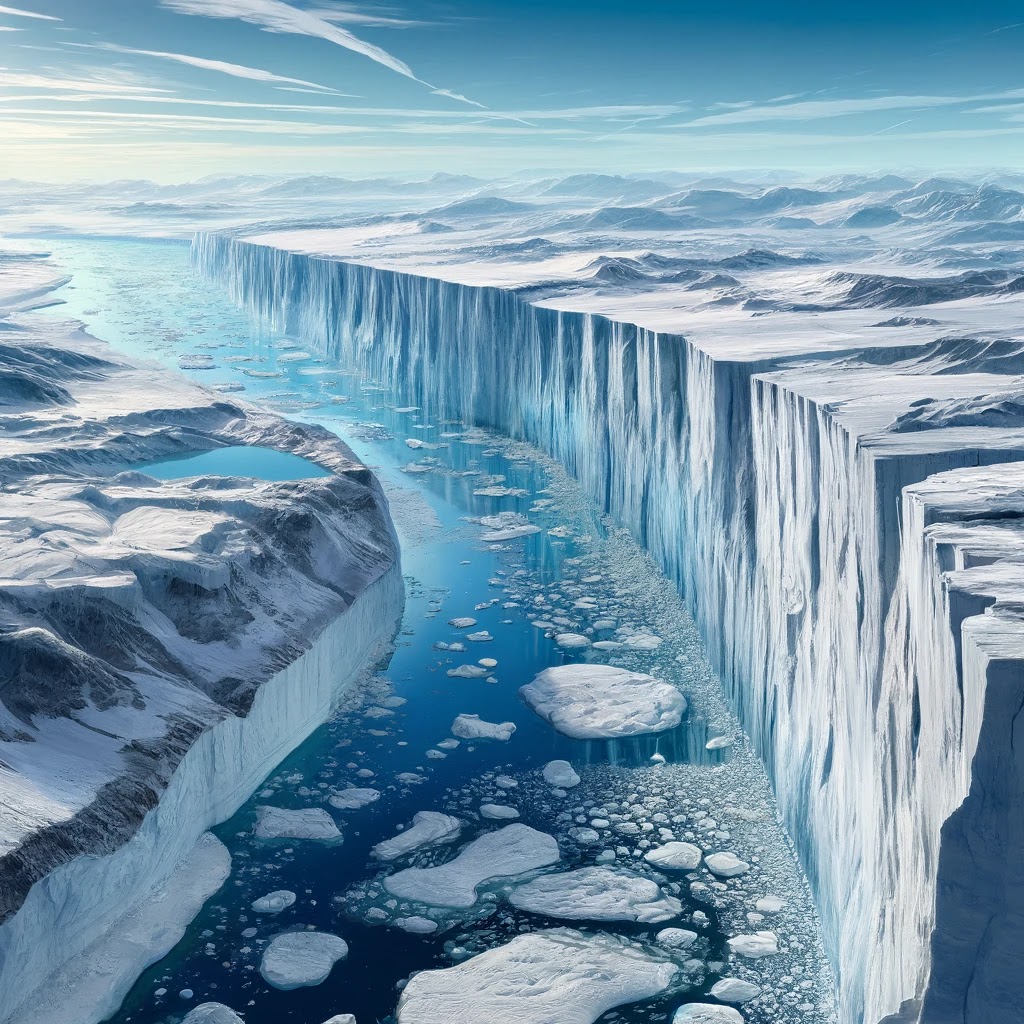
The broader ice sheets of the Earth, vast expanses of glacial ice covering millions of square kilometers, are critical components of the planet’s climate system. These colossal ice masses, predominantly found in Greenland and Antarctica, store about 99% of the world’s freshwater ice, playing a pivotal role in regulating sea levels and the global climate. The dynamics of ice sheets are complex and influenced by a myriad of factors, both atmospheric and oceanic, making their study essential for understanding past, present, and future climate conditions.
Ice sheets are formed over thousands of years through the accumulation of snowfall exceeding snowmelt. Over time, the weight of the snow compresses into ice, gradually building up into layers that can extend over 3 kilometers thick. These ice masses are not static; they flow outward from their thickest center due to the immense pressure at their base, creating a slow but constant movement that shapes the landscape beneath them. This flow into the ocean, through glaciers and ice streams, is a natural part of their life cycle, contributing to the ice-albedo feedback mechanism that affects global temperature regulation.
The significance of ice sheets in the context of climate change cannot be overstated. As global temperatures rise, the melting of ice sheets has accelerated, leading to increased contributions to sea level rise. This melting is not uniform; it is influenced by a combination of factors including air temperature, ocean temperature, and ice sheet dynamics. The interaction between warm ocean currents and the bases of ice shelves that extend into the sea is particularly critical, as it can lead to increased calving of icebergs and the potential for rapid ice sheet retreat.
The implications of ice sheet dynamics extend beyond sea level rise. The freshwater from melting ice sheets can influence oceanic currents by altering the salinity and temperature of the water, potentially impacting global climate patterns like the Gulf Stream. Furthermore, the loss of ice mass from Greenland and Antarctica affects Earth’s gravity field and rotational balance, leading to shifts in how water is distributed globally.
Monitoring and predicting the behavior of ice sheets is a challenging but essential task. It involves a combination of satellite observations, ice core analyses, and climate modeling to understand their responses to climate change. Recent advancements in remote sensing technology have greatly enhanced our ability to track changes in ice sheet mass balance, ice flow rates, and surface melting.
The future of Earth’s ice sheets and their impact on sea level rise and global climate are of paramount concern. Predictive models indicate that continued global warming will lead to further ice sheet melt, with significant consequences for coastal communities, biodiversity, and global weather patterns. The potential for tipping points, where irreversible ice sheet loss could occur, underscores the urgency of addressing climate change.
The broader ice sheets are fundamental to Earth’s climate system, acting as indicators and drivers of change. Their study provides critical insights into the natural variability of Earth’s climate and the anthropogenic impacts accelerating their change. As we move forward, the preservation and careful monitoring of these ice masses are essential for understanding and mitigating the impacts of climate change, highlighting the intricate connection between these frozen giants and the global environment.